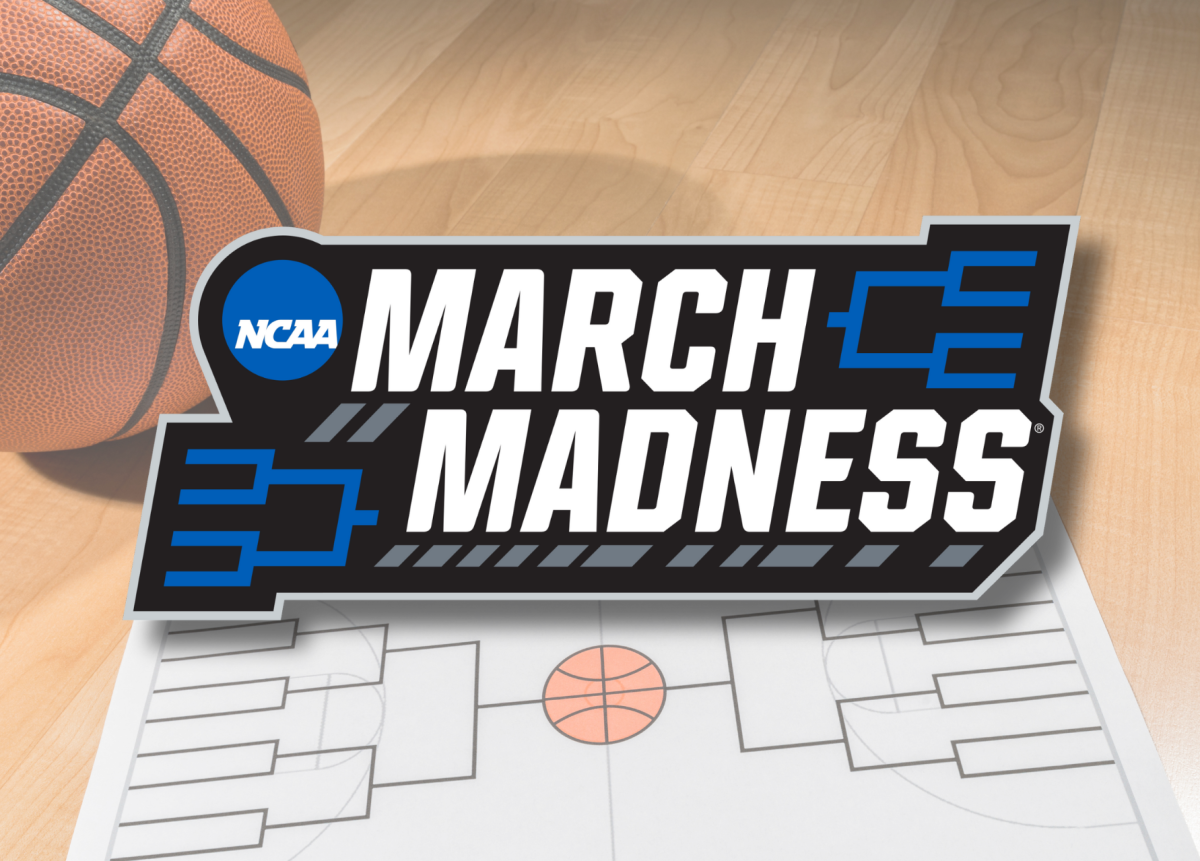As the college basketball season comes to an end, fans become more and more excited for the arrival of one of the most unique tournaments in the world. The NCAA hosts the Men’s and Women’s playoff tournaments, better known as March Madness. March Madness is a 68-team tournament played throughout the end of March and the beginning of April. Thirty-two of these teams come from the individual conference champions across the country, along with the remaining 36 teams coming from the NCAA selection committee.
The top 32 teams are automatically given a seed in the main tournament, while the remaining teams play in a one-game elimination tournament to gain a chance at playing in the main tournament. Once entered into the tournament by the selection committee, teams are given a seed based on factors like; overall record, conference record, strength of schedule, location of the game (home, away, neutral site), scoring margins and quality of wins and losses.
Once the teams are selected, the bracket is built. There are four separate ‘quadrants’ of the bracket. The four regions were originally named the East, Mideast, Midwest and West, but have been recently altered to now be the East, South, Midwest and West. Throughout the multiple regions, each region has dedicated arenas or courts for certain games. Games are to be played at a neutral site, one where no team has a certain locative advantage over their opponent.
“While not personally favoring neutral sites, they undeniably offer benefits to competitors. The most significant advantage is the absence of playing in a familiar venue, prompting student-athletes to elevate their performance to replicate the energy of a crowd. It’s enjoyable to witness benches and players compensating for the typical hype found in a home arena,” Mr. Cole Eged said.
Some of the arenas for the first/second round of tournaments are PPG Paints Arena in Pittsburgh, Barclays Center in Brooklyn and Spectrum Center in Charlotte. Regional championship games are to be hosted as follows. The East region championship will be played at TD Garden in Boston, the South region championship will be played at American Airlines Center in Dallas, the Midwest region championship will be played at Little Caesars Arena in Detroit and the West regional championship will be played at Crypto.com Arena in Los Angeles.
Some of the teams that have clinched their spot in the tournament are, No. 1 ranked University of Houston, No. 2 ranked University of Connecticut, No. 3 ranked Purdue University, and No. 4 ranked University of North Carolina (rankings from the Associated Press national rankings).
While there are 68 total teams in the entire tournament, a few underrated teams will likely make a run for the gold, shocking fans across the country. These teams’ tournament runs are popularly known as Cinderella stories. Last year, San Diego State University made it all the way to the finals, knocking down opponents like No. 1 ranked University of Alabama and No. 9 ranked Kansas State University.
Tune in to watch March Madness and watch your favorite team make a run for gold and their spot in the NCAA history books.



